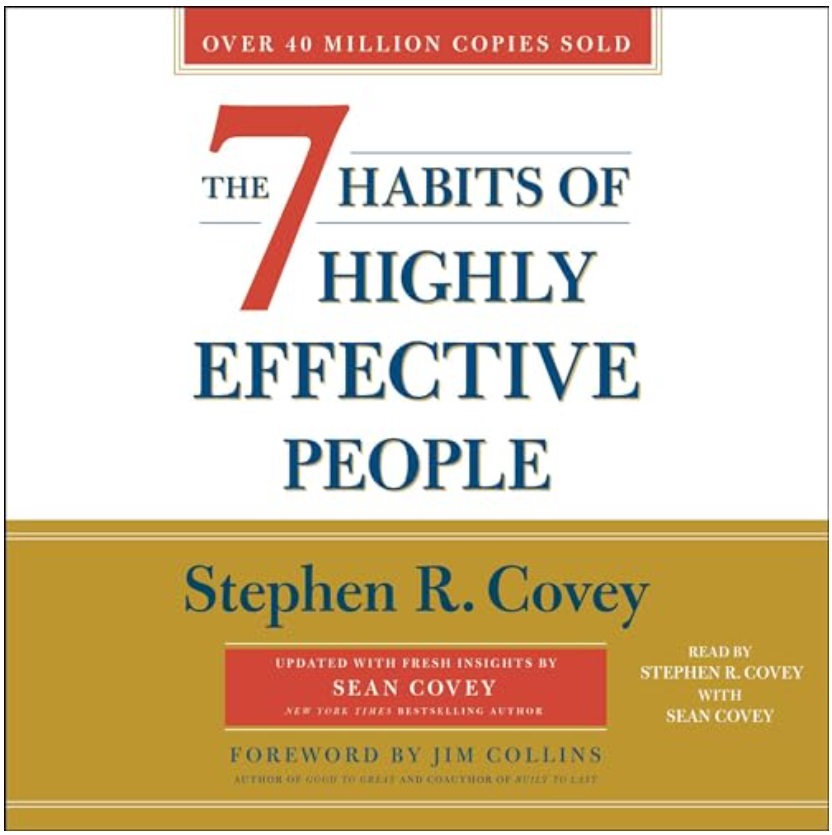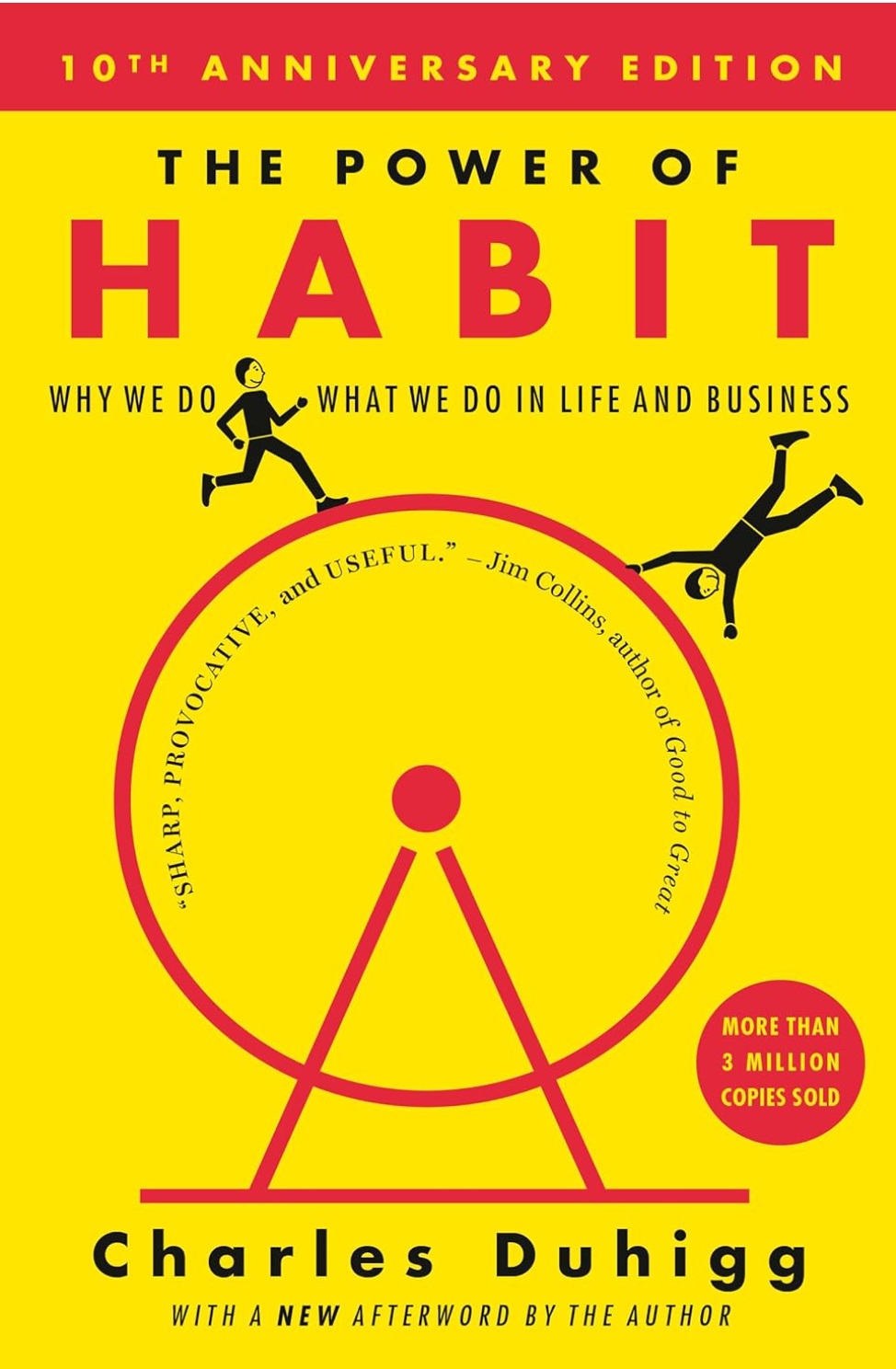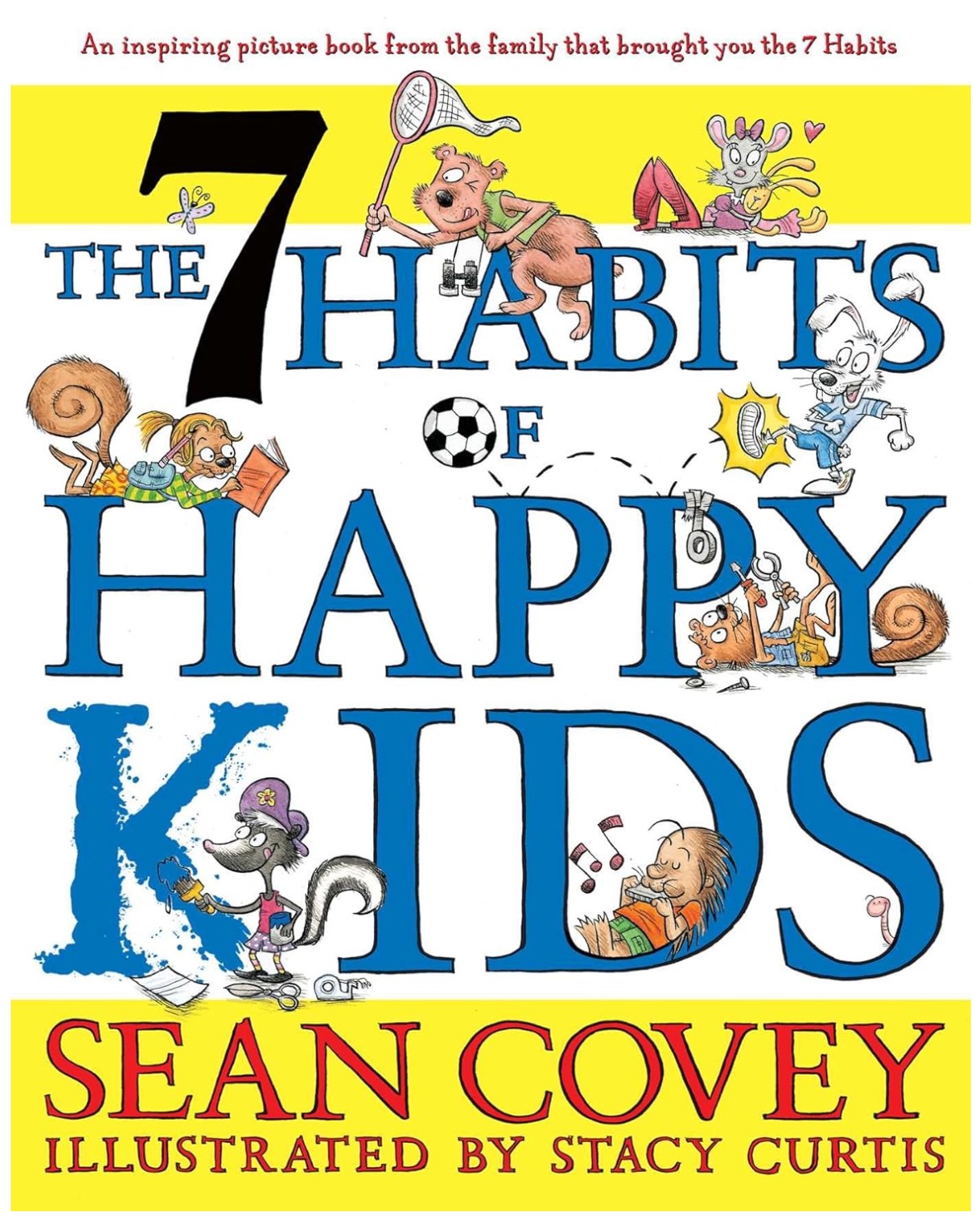Smartphones, social media, and declining childhood independence have collided to create a perfect storm—one that’s fueling record-high anxiety, depression, and loneliness among young people.
In The Anxious Generation, bestselling psychologist Jonathan Haidt lays out a powerful, evidence-based case for how modern childhood has been fundamentally “rewired.” Drawing on cutting-edge research, global trends, and heartfelt stories, he explains how we got here and what we can do to reclaim healthy development.
This urgent, compassionate book is essential reading for every parent, teacher, or parent today.
Table of Contents
ToggleIntroduction to the Book
When was the last time you saw a teenager without a phone? Or a child climbing a tree without a parent nervously hovering nearby? Jonathan Haidt’s The Anxious Generation tackles these exact questions, blending research, cultural trends, and practical insight into a sobering, yet hopeful exploration of what’s happened to our kids in the last two decades.
This isn’t just a book for psychologists or policy nerds. It’s for parents, teachers, caregivers, and frankly, anyone who cares about the emotional and social future of young people. Haidt, known for co-authoring The Coddling of the American Mind, returns with a clear and urgent thesis: the great rewiring of childhood, driven by smartphones and a loss of independence, has sparked a mental health crisis unlike anything we’ve seen.
Essence Of The Book
At its core, The Anxious Generation is about two timelines that disastrously collided. On one side, we have the rise of smartphones and constant connectivity, and on the other, a dramatic shift in parenting, what Haidt calls the decline of play-based, independent childhood.
He argues that around 2010, Western societies experienced a cultural pivot. Kids stopped hanging out physically and started living online. Simultaneously, parenting became more protective, more fearful, and less permissive of exploration. The result? A generation that’s digitally saturated but socially starved, emotionally fragile yet overexposed to adult anxieties.
My Compressed Summary Of The Book
Jonathan Haidt begins The Anxious Generation by laying out a stark and data-backed diagnosis of the youth mental health crisis. Since around 2010, rates of anxiety, depression, self-harm, and suicidal ideation have sharply increased among adolescents, with teen girls being especially affected. Drawing on global mental health statistics and longitudinal studies, Haidt paints a disturbing picture of a generation struggling more than any in recent memory. But he’s careful to note, this isn’t just a statistical anomaly. Something fundamental has changed in how children grow up.
Next, Haidt explores what he calls the “Great Rewiring” of childhood. This refers to two major cultural shifts that occurred simultaneously. The first was the rise of the smartphone and constant internet access, which redefined social interaction into something digital and performative. The second was a retreat from independent, play-based childhoods in favor of safety-first parenting. As free play and physical exploration dwindled, screens filled the gap. Childhood, once active and experiential, became sedentary and algorithm-driven. These shifts, Haidt argues, altered the very conditions children need to grow resilient and emotionally healthy.
In the third section, Haidt dives deep into the psychological machinery affected by this rewiring. He details how dopamine loops fuel addictive screen behaviors, how social media encourages relentless social comparison, and how online life pulls kids away from in-person relationships that are essential for emotional regulation. He shows how tech companies have exploited vulnerabilities in the developing adolescent brain, designing platforms to maximize engagement while minimizing authentic connection. The result? An overstimulated generation that’s chronically distracted, anxious, and lonely.
Haidt doesn’t stop at diagnosis. The final section of the book is where hope kicks in. He presents a well-reasoned, research-supported roadmap for change. His most urgent recommendation is for parents and schools to delay giving children smartphones and social media access until at least age 16. He also champions the return of unsupervised play and community-based childhoods, where kids are allowed to roam, negotiate rules, and build autonomy. These aren’t just nostalgic wishes, they’re strategies with real psychological benefits.
What makes The Anxious Generation more than a warning is its call for collective action. Haidt doesn’t put the burden solely on parents. He urges school boards, policymakers, tech companies, and local communities to recognize what’s at stake and work together to rebuild the social infrastructure of childhood. If we want to raise emotionally strong, socially connected young people, we can’t just treat symptoms. We have to change the system. And that’s exactly what this book offers, a blueprint for repair, grounded in both science and compassion.
Writing Style & Flow
Haidt’s writing is clear, warm, and data-rich without being preachy. If you’ve ever wished for a book that was part TED talk, part heartfelt letter from a concerned dad, and part academic deep-dive, this is it.
The tone remains friendly and reflective throughout. It’s personal when it needs to be, especially when Haidt shares stories from his own family or from concerned parents around the globe. He also gracefully juggles science and storytelling—a hard feat. Charts and data are there, but they never overwhelm. Each chapter ends with key takeaways, making the book wonderfully accessible even for those who aren’t typically nonfiction readers.
Key Strengths & Weaknesses
Strengths
Balanced blend of science and empathy: Haidt brings together neuroscience, psychology, sociology, and cultural observation in a way that feels human, not clinical.
Urgency without despair: He avoids doom-mongering. Yes, the trends are worrying, but there’s always a path forward.
Concrete advice: From school policy recommendations to simple parenting strategies, Haidt gives you something to do, not just something to worry about.
Weaknesses
Focus on the U.S. and Western nations: While trends in places like the U.S., U.K., and Canada are well covered, global variations (like in Japan, Korea, or rural regions) aren’t deeply explored.
Some repetition: A few points about smartphone damage and the social media algorithm loop feel repeated, especially if you’re already familiar with Haidt’s public talks.
Solutions may feel idealistic: While Haidt outlines what should happen, many readers may feel it’s difficult to implement without widespread community or policy support.
Who This Book Is For
Parents, especially those with kids between 8 and 18, will find this book invaluable. But it also speaks directly to educators, mental health professionals, and community leaders who work with youth. If you’ve ever looked at a classroom and felt something’s “off,” or seen your own child spiral into anxiety without understanding why, this book offers clarity.
It’s also an essential read for anyone navigating the push and pull of tech in modern family life. That might be you, dear reader, if you’ve ever considered whether to hand your 11-year-old a smartphone or send them outside to explore.
What Reviews Thought
Amazon Reviewers
Amazon reviews are overwhelmingly positive, with parents especially praising Haidt’s ability to articulate what they’ve instinctively felt for years. One reviewer called it “the most important book I’ve read as a parent,” while another mentioned, “I finally understand what’s been bothering me about screen time.”
Criticism is minimal but centers on Haidt’s proposed solutions being “hard to implement in a world where everyone else is doing the opposite.” There’s also mention that it doesn’t tackle tech industry accountability as forcefully as it could.
Goodreads Reviewers
On Goodreads, readers appreciate the book’s readability and urgency. Many discuss how validating the book felt, especially those who grew up before smartphones became the norm. One reviewer wrote, “Reading this felt like watching a mirror being held up to society. Painful, but necessary.”
Critiques again mention the lack of global diversity and some feel it’s more useful for parents than teens or educators seeking implementation guides.
My Opinion On the Book's Shortcomings
While I resonated with much of what Haidt wrote, I did feel the absence of certain voices. For instance, hearing more from young people themselves could have added another layer. What do they think about their digital upbringing?
Also, while I loved the solutions, I found myself wondering, “Will this really work in a single-parent home with limited resources? Or in communities without safe outdoor spaces?” The optimism is refreshing, but sometimes feels disconnected from reality.
My Thoughts on Applying This Book's Ideas
This is where The Anxious Generation really shines. It doesn’t just leave you stewing in worry, it hands you tools. I started rethinking how I speak to my own three daughters about their screen time, not with shame, but with curiosity.
It’s not about banning all devices. It’s about creating space for unstructured time, imagination, and independence. You’ll walk away feeling challenged but also hopeful that change starts with small, doable shifts: no phones in bedrooms, more after-school playdates, or even walking to school with friends.
Comparison to Books on Similar Topics
Compared to books like Digital Minimalism by Cal Newport or iGen by Jean Twenge, Haidt’s approach feels more holistic. Newport is very much about the tech itself. Twenge provides data-heavy social commentary. Haidt, on the other hand, looks at the entire ecosystem of childhood—tech, yes, but also education, parenting, and culture.
It also stands apart from books like Glow Kids by Nicholas Kardaras, which veer into alarmist territory. Haidt’s tone is more measured, compassionate, and collaborative.
Final Verdict
This book is essential reading. It’s smart without being snobby, practical without being simplistic, and heartfelt without being sentimental. If you’re raising a child, teaching one, or even mentoring teens, The Anxious Generation will likely change how you think about their world—and yours.
I won’t lie. Parts of it made me feel uneasy, even a little guilty. But I’d rather feel uncomfortable and informed than blissfully ignorant. That’s the power of this book. It wakes you up, then offers you a flashlight and a map.



































